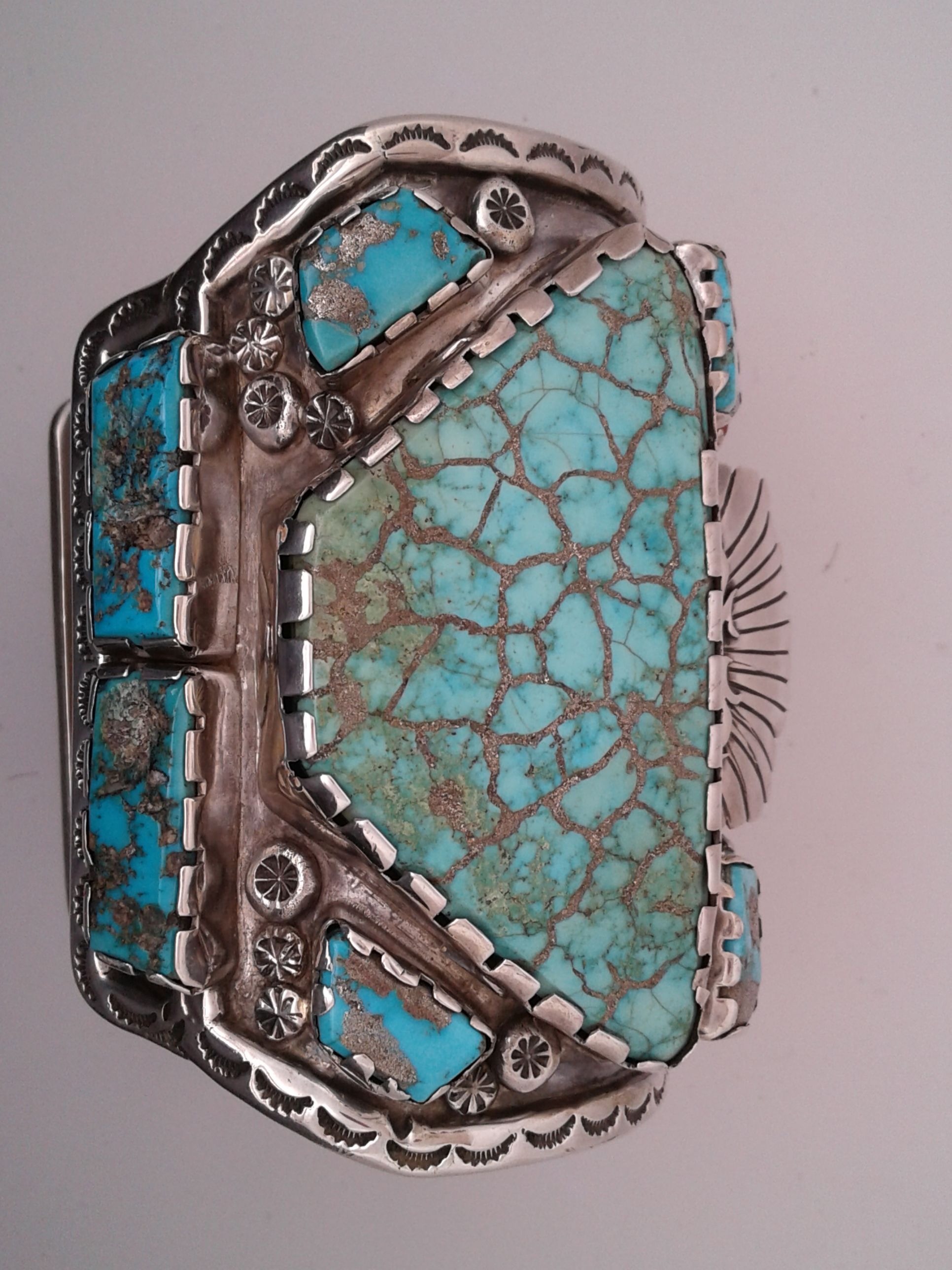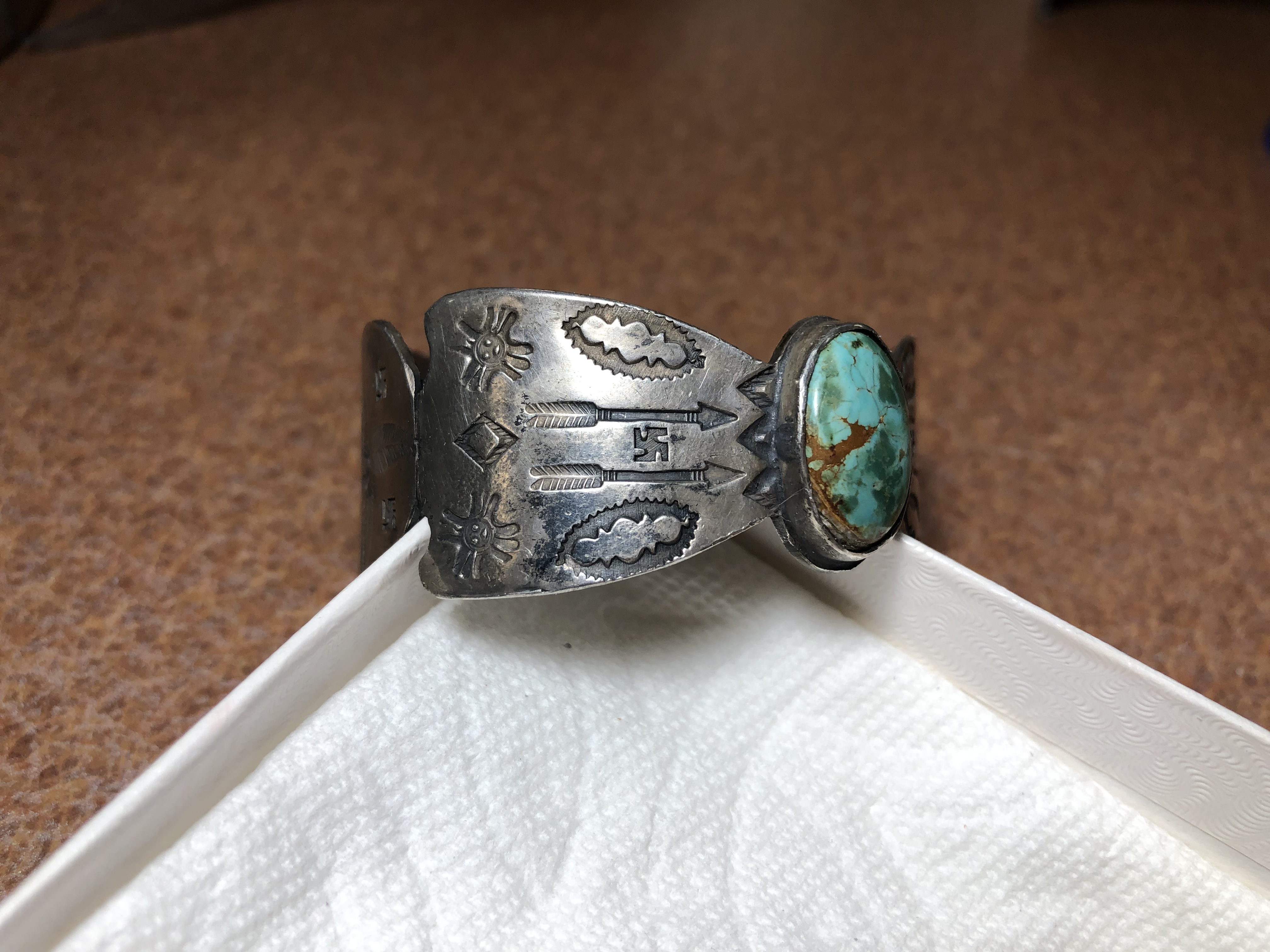

She ponders ancient Indian-made mazes still visible among the disturbances wrought by "civilization." She fishes for barracuda with her husband in Mexico and gazes at the birds on a mangrove island.

Her writing fairly throbs with color and feeling as she tells of trips: Meloy takes a solo vindication trip to make up for all the times her family did not stop at motels with swimming pools when she was a child. Most significant is her love of the desert. Her background of scientific knowledge and philosophical thinking draws the reader into improbable experiences. She includes her experiences of relationships and family, the happenings of everyday life, and the natural science and history of her area. This is an unusual collection of essays by a Utah woman who casts an observant eye over the American Southwest. The anthropology of turquoise." Retrieved from The anthropology of turquoise." The Free Library. “Set against a palette of desolation, a piece of turquoise is like a hole open to the sky. Pinks are “vain,” green is “hungry,” and the myriad tones of blue evoke “devotion.” But for Meloy, it is the allure of turquoise, “the color of yearning,” that weaves itself throughout the narrative. Sometimes, it is akin to slam poetry, clipped and fast-paced, with little in the form of connecting sinew, while at other times, the prose is lyrical and evocative, the rhapsodic ponderings of a deeply creative and spiritual individual.Ĭolors all but drip from the pages, like Jackson Pollack splatters of lustfully thrown pigments. “The Anthropology of Turquoise: Reflections on Desert, Sea, Stone and Sky,” a finalist for the Pulitzer Prize, reads like poetry from start to finish.

The happiness a color can bring can induce a sort of vertigo, a sensation that can catch you unawares, tilting your world sideways.Īuthor and naturalist Ellen Meloy certainly felt that delicious ache, and lucky for readers she recorded her thoughts and impressions in a captivating collection of essays before she passed away in 2004. For some, the flood of feelings evoked by certain colors can be described best as an ache, an inexplicable longing in the heart. The human response to the power of color is ubiquitous, and emotions can be reflected in every shade of the rainbow. There are some things so universal that they persist across centuries, even as nations have risen and fallen and generations have come and gone.

Ellen Meloy, author of "The Anthropology of Turquoise."


 0 kommentar(er)
0 kommentar(er)
